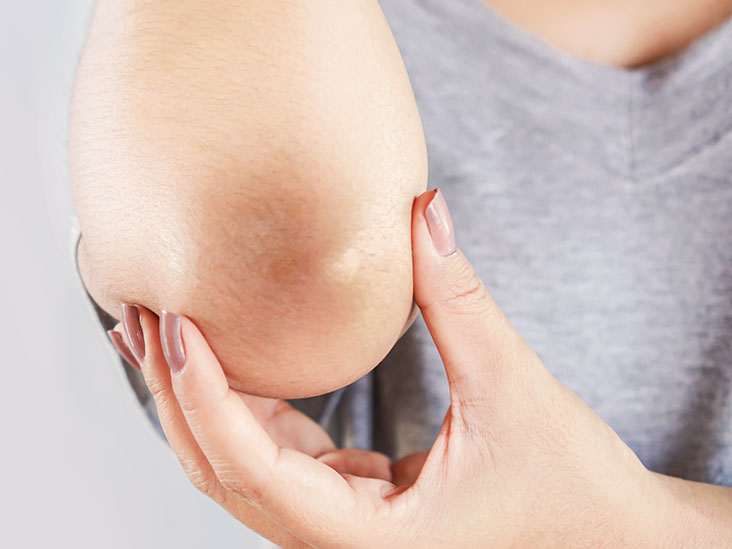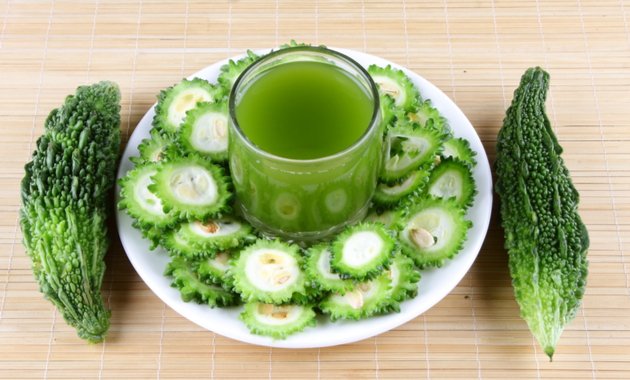Get Hunger Tips From Mumbai-Based Nutritionist Pooja Makhija
Everyone feels hungry but people looking for weight loss are scared of hunger pangs that force them to eat more. If you feel hungry all the time, you should look at the reasons behind the hunger.
Types of hunger
Hunger could be divided into actual and emotional. Actual hunger occurs when you eat lesser meal or you are undernourished. It is an indication that your body is starving and that it needs more nourishment for which you need consuming more food.
Emotional hunger attacks when you are stressed or feeling anxious. It is the time when you take food as a stress buster and continue eating until you are completely relaxed. Also, you could feel hungry due to dehydration. It is better to drink plenty of water or have a glass of water before meal.
Learn to deal with constant hunger

Eating smaller meals, a couple of times a day is a good thing as it helps in controlling hunger pangs and weight gain in the long run. According to Mumbai-based nutritionist Pooja Makhija, people shouldn’t afraid of getting hungry. Hunger is a natural cue that the body has consumed the meal and is ready to have more.
Pooja Makhija said that overeating could result in weight gain but taking the same amount of food at regular intervals in a day won’t let you gain weight. Also, you will eat lesser meal by eating multiple times. She further said that people willing to lose weight shouldn’t suppress their hunger as it leads to eating large meals.
What does Pooja Makhija say about weight loss?

The nutritionist said that people should be able to differentiate between natural and emotional hunger. Also, they should take nutritious meals and eat multiple times instead of eating one or two large meals in a day.
Disclaimer: The views expressed by the expert are her own. Users are advised to consult an expert before changing their dieting pattern.… Find more








